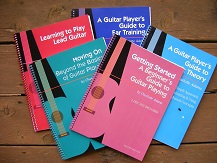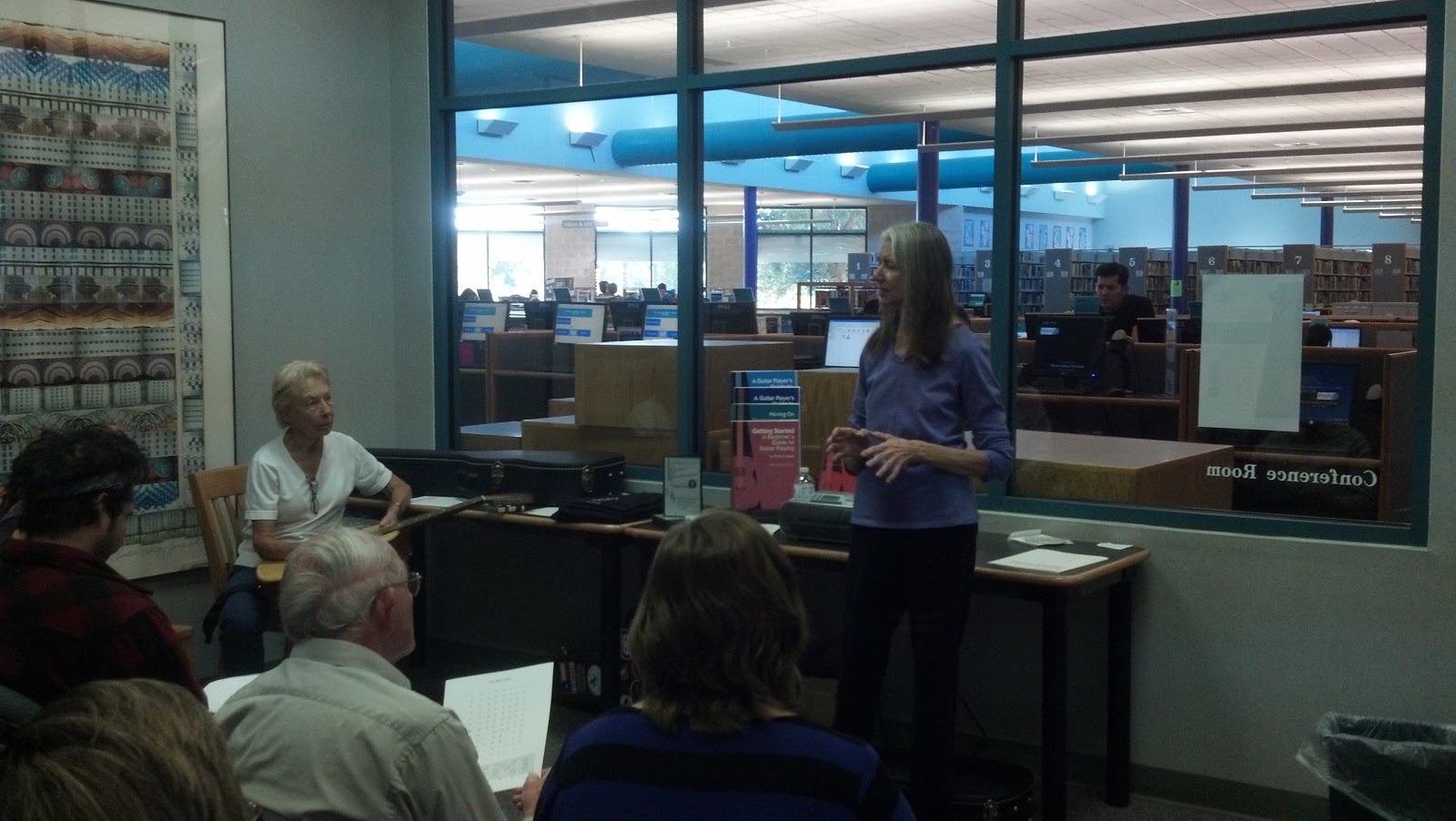Of course, I know that the accepted definition of a good student is one who is punctual, learns quickly, practices diligently, is enthusiastic and ambitious and who attends lessons regularly and is prompt with payment. Those are great qualities in a student – they make my job easy and fun and I definitely appreciate them – but I don’t feel that a student has to exhibit any specific qualities from the start of the relationship in order for both of us to enjoy a satisfying experience. I have grown the most as a teacher and a person by working through situations that are challenging or uncomfortable. Can you imagine the thrill I feel when a student who has been through four, five or more teachers is able to break through to a level of playing they have sought for years? It is exhilarating to be able to facilitate that leap for someone who has persisted so diligently in their quest and I am deeply grateful that they didn’t give up on their goals before reaching my studio!
I start with the basic premise that if someone enrolls in lessons, they want to learn to play guitar and that no one intentionally limits his or her ability to do so. My job is to assist my students in reaching their goals and that means helping them to develop effective approaches to learning, successful practice habits, positive responses to the process, concentration, confidence, creativity, coordination, manual strength and dexterity, listening skills, pitch sense, rhythmic sense and more. In other words, I see a teacher as being far more than someone who organizes and disseminates information – I see her also as someone who, by listening and attending to the whole student, is able to assist, support and fully participate in the process of learning.
As for those “ideal qualities,” I find that by resisting the temptation to hold them as expectations or requirements, I am able to enjoy their emergence as a natural part of the process of learning how to learn. The rewards are rich: I have the opportunity to practice patience, commitment and creativity and the student learns to make music! That is a beautiful and gratifying experience that I wouldn’t trade for all the ready-made “ideal students” in the world.






